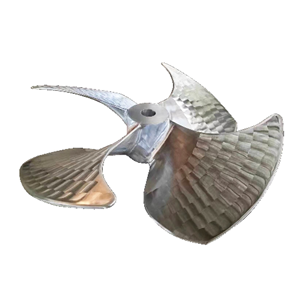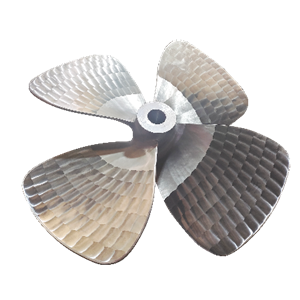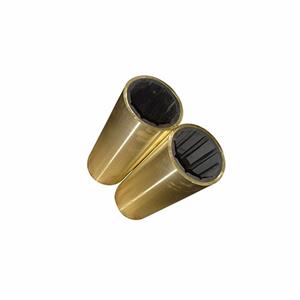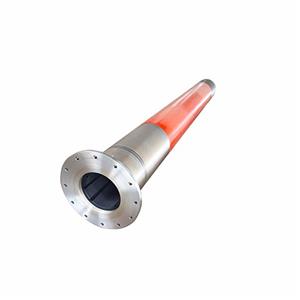Shafting requirements
1) Reliable work and long service life.
It has sufficient strength and rigidity to meet the requirements of the specification, to ensure that the shaft system will not be permanently deformed or broken under various harsh load conditions, so that it is safe and reliable in operation and has a long service life.
2) Try to adopt a standardized structure.
On the basis of meeting work needs, a standardized structure should be adopted as much as possible. This not only brings convenience to manufacturing and installation, but also shortens the shipbuilding cycle, reduces manufacturing costs, and improves economic benefits, and it also provides a reliable guarantee for product quality.
3) The transmission loss is small.
In the design of the shafting, the number of bearings, the arrangement position and the lubrication method should be selected correctly to reduce the transmission loss to a minimum to improve the propulsion efficiency.
4) Good anti-vibration performance.
Ensure that the shaft system does not produce torsional resonance and transverse resonance within the operating speed range, and calculate the critical vibration speed.
5) Low sensitivity to hull deformation.
Due to the deformation of the hull, the bearings of the shafting system are displaced, resulting in additional stress and additional load on the shafting system. In the design and layout of the shaft system, it is necessary to consider making this effect as small as possible to reduce transmission loss and extend the life of the shaft system.
6) Good airtightness.
Choosing a sealing device with good performance not only prevents sea water from corroding the shafting, but also prevents the leakage of lubricating oil from polluting the marine environment.
7) The weight and size should be small.
Reducing the weight and size of the shafting system to save more space for loading cargo or other uses is also beneficial to improving the operating economy of the ship.




